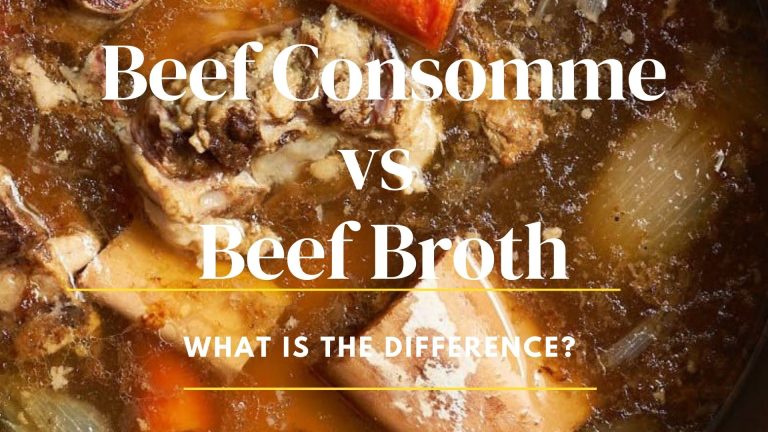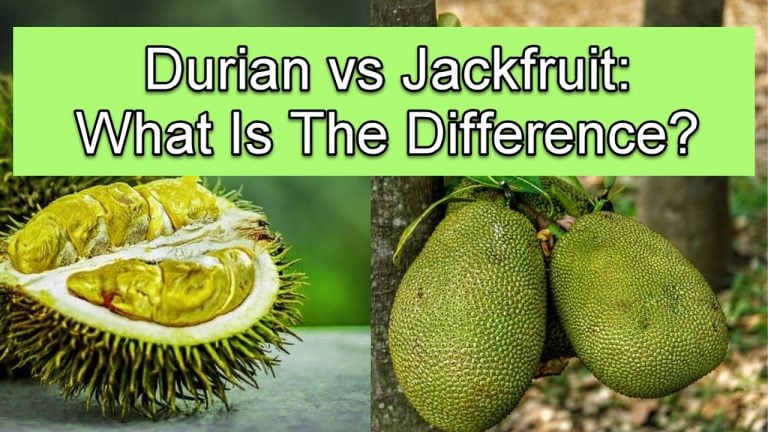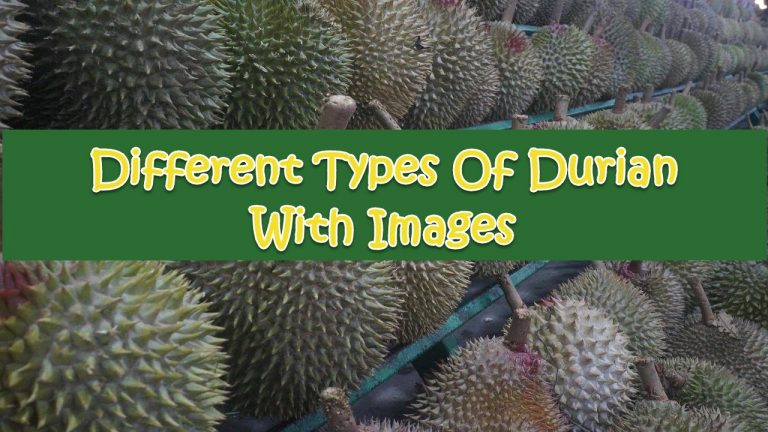15 Different Types Of Apricots With Images
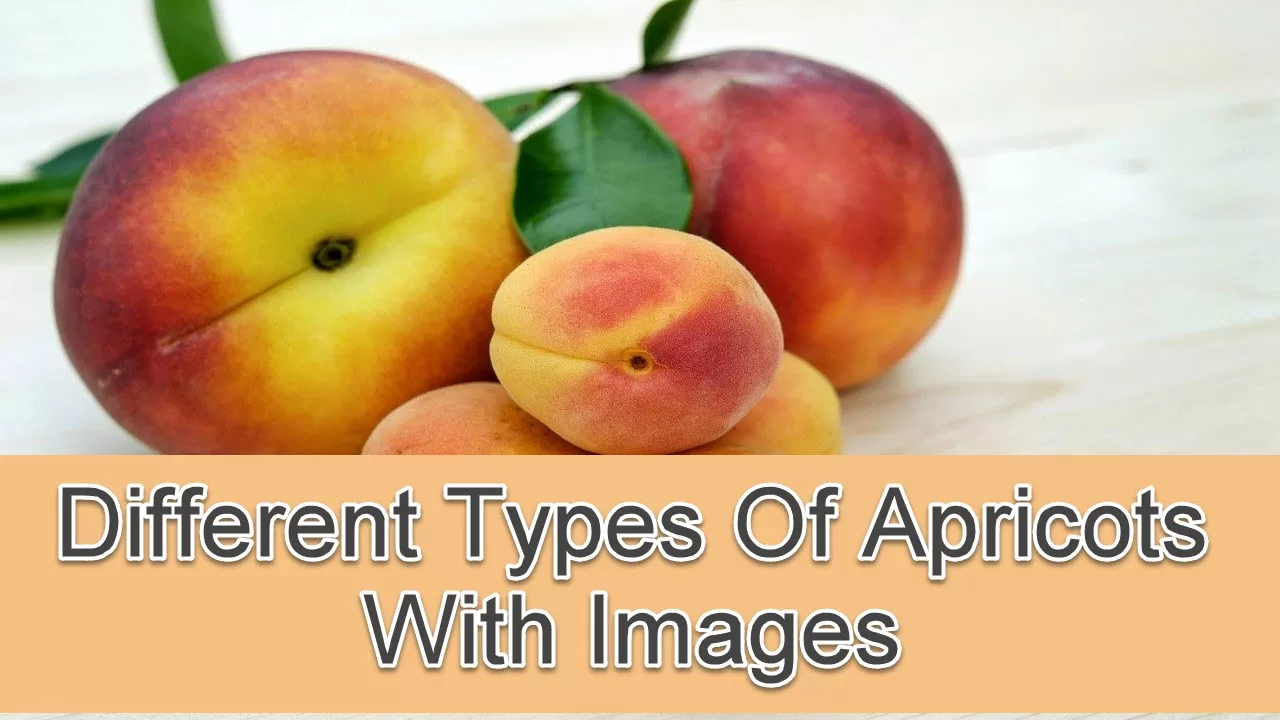
Who doesn’t love to eat apricots? Apricots are delicious fruits that come from several species in the genus Prunus. The most common apricot species is Prunus armeniaca, but the fruits of other Prunus species can also be eaten. Apricots are also known as Armeniaca.
The apricot tree is a type of small tree with a trunk up to 16 inches in diameter and a dense, spreading canopy that grows to be 8–12 meters tall. The leaves of an apricot tree are oval in shape, measuring 2.0–3.5 inches long and 1.6–3.1 inches in width, with a rounded base, pointy tip, and finely serrated border. The flowers are 2–4.5 cm in diameter and have five white to pinkish petals. The flowers bloom singly or in pairs in early spring.
The fruit is a drupe, about the size of a small peach, with a diameter of 1.5–2.5 cm , but in modern varieties it is bigger. The colors ranges from yellow skin to orange, usually blushed red on the side, which is the sun-exposed area. The surface can be smooth or velvety with very short hairs.
The flesh is normally juicy, but certain species, like Prunus sibirica, have a dry texture. Its flavor ranges from sweet to sour. The only seed, or sometimes called kernel. Apricot kernels are enclosed in a hard shell, referred to as a “stone,” that is grainy and smooth with three ridges running down one side.
There are a lot of apricot tree varieties worldwide. Take a look at some of the different types of apricots in this article. If you want to learn more about these apricot varieties, scroll down and keep reading.
Types Of Apricots
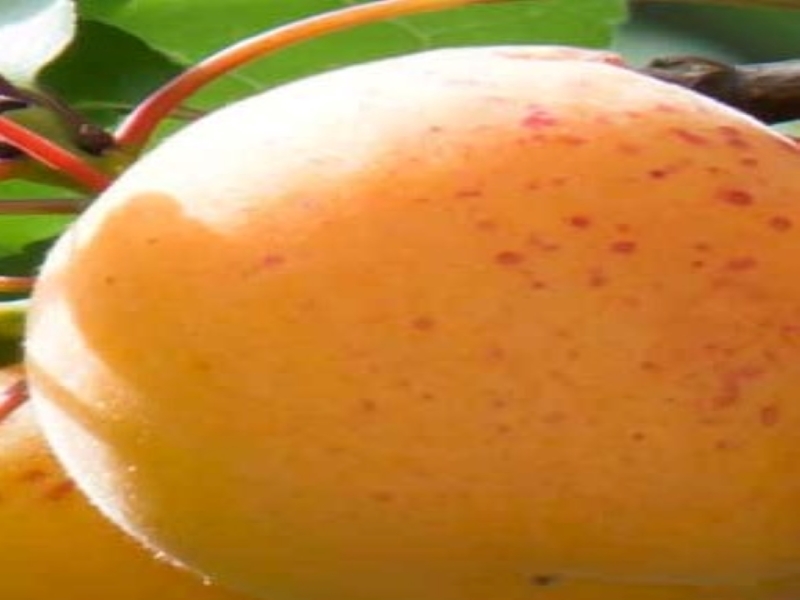
Autumn Glo Apricots
This flavorful fruit was first cultivated in China, but they are now cultivated in Turkey, Italy, Chile, South Africa, and other nations.
Autumn Glo apricot fruit tree is considered a self pollinating tree. However, cross-pollination with other apricot trees is beneficial.
The sturdy apricot trees produce a harvest that ripens at the same time. The fruits ripen in early August. Savor your late-season harvest and enjoy them in winter.
The fruits of these apricot trees can be eaten cooked into baked products and ideal for eating fresh.
It’s a great canning variety because of its firm flesh. This medium-sized fruit has a light yellow skin and flesh. This apricot is a type of apricot fruit that is child-friendly. The apricot fruit won’t bruise even with a forceful hand harvesting the ripe fruit. Children will definitely love the good flavor, medium texture, and practically fuzz-free skin.
Taste
This apricot variety is soft and sweet, and is often regarded as one of the best tasting apricot cultivars. Moreover, the Autumn Glo apricot allows you to extend your apricot harvest far into late summer.

Autumn Royal Apricots
Autumn Royal Apricot is medium to large in size, with a yellow to pale orange skin. It has a firm texture and juicy meat. This juicy fruit has a comparable quality to the Blenheim and is good for eating fresh, canning, or drying. Autumn Royal apricot trees are not suggested for warmer climates, but they do well in milder climates. USDA Zones 4–8 are cold hardy. It ripens in September.
Taste
The fruit is juicy and has a sweet flavor. Can be used fresh, canned, or dried.
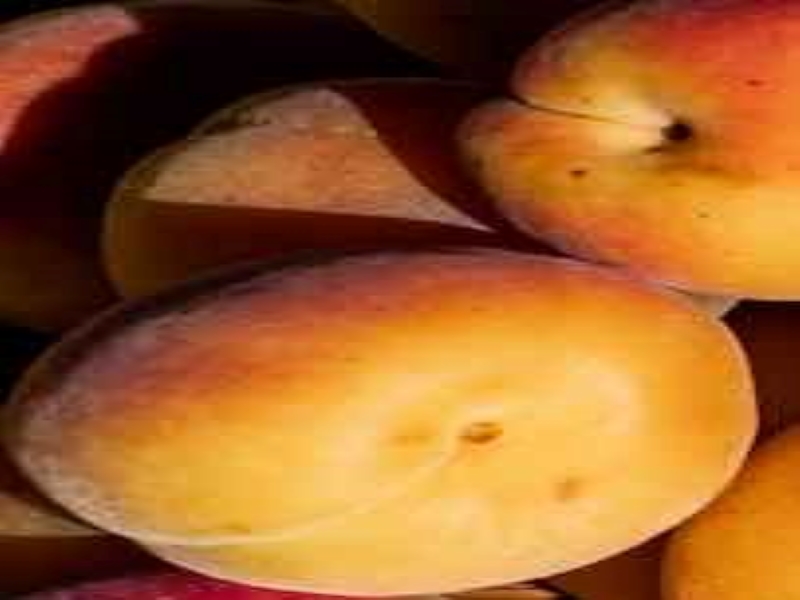
Blenheim Apricot
Blenheim fruit tree is produces pale orange fruits. The best time to plant Blenheim apricot trees is in late January or early February.
These variety of apricot trees produces a beautiful spring bloom of pink and white flowers. The fruit is pale orange with crimson streaks, and turns green at the shoulder.
Blenheim apricots are small fruits that range in size from 2 to 5 centimeters in diameter. They are round to oval in shape. The orange flesh ripens on the inside. The fruit can be harvested in mid-season, with an easy, freestone pit. Blenheim apricot is very popular in California. It is the number 1 apricot fruit in their region.
Taste
The pale orange fruits that have a sweet, aromatic flavor. These apricots are perfect for every use, including juicing, fresh eating, canning and drying.
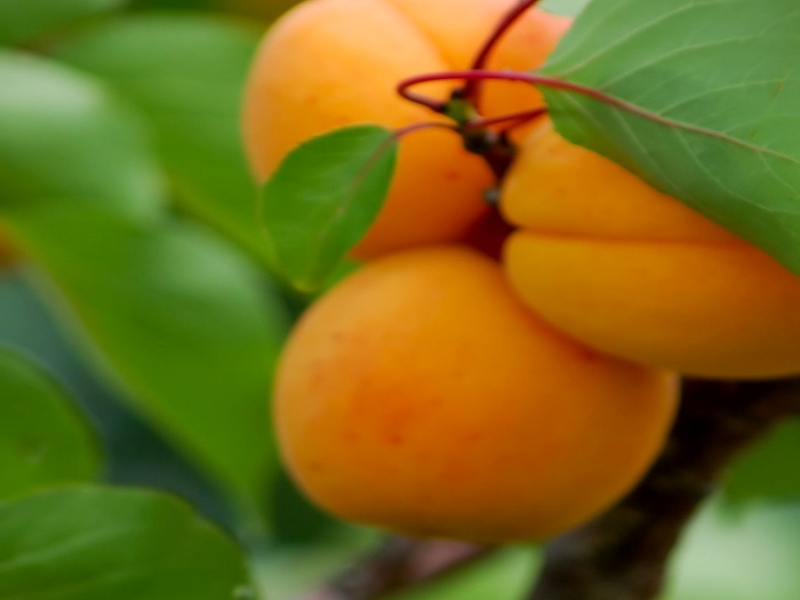
Chinese Apricot
Chinese Apricot Tree is one of the most beautiful fruit trees, and would definitely make a nice addition to your garden. It is a sturdy deciduous tree that bears wonderful, early fruit. Pink-hued, white blossoms will appear sprinkled across the branches in the spring, providing a wonderful beginning to the warmth of summer. Throughout the summer, serrated, oval green leaves attach to bright, reddish stems, wrapping the tree in vibrant green.
The fruit tree is self-fruitful and does not require the other pollinator. It is an early bearing variety with a large producing range. With more than one tree, though, harvests are usually larger. You can choose Tilton late blooming apricot as a pollinator.
The blossoms give way to cylindrical, pitted fruit as the season progresses. The firm fruit is small in size, and orange in color with a red blush.
Taste
The fruit of the Chinese apricot tree is sweet and juicy. It is an excellent quality and usually freestones, making it ideal for baking, canning, and drying.
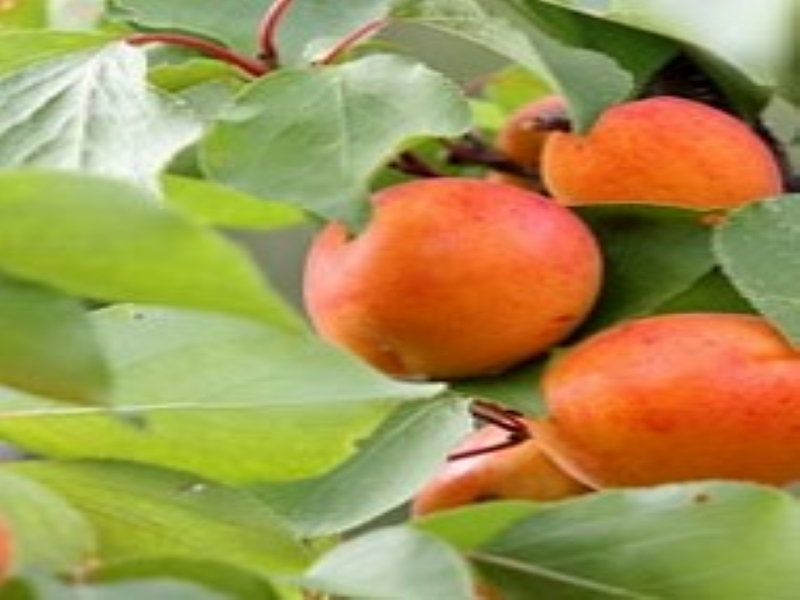
Earligold Apricot
Earligold apricot tree produces a small fruit that is golden yellow in color. The tree can reach a height of 25 feet. Pests such as fruit bark beetle, peach borer, brown rot, and San Jose scale can affect your fruit.
Taste
The fruit is rich and has a juicy flesh. This apricot variety is best used for canning, preserves, drying, desserts and for eating fresh. Early harvest.
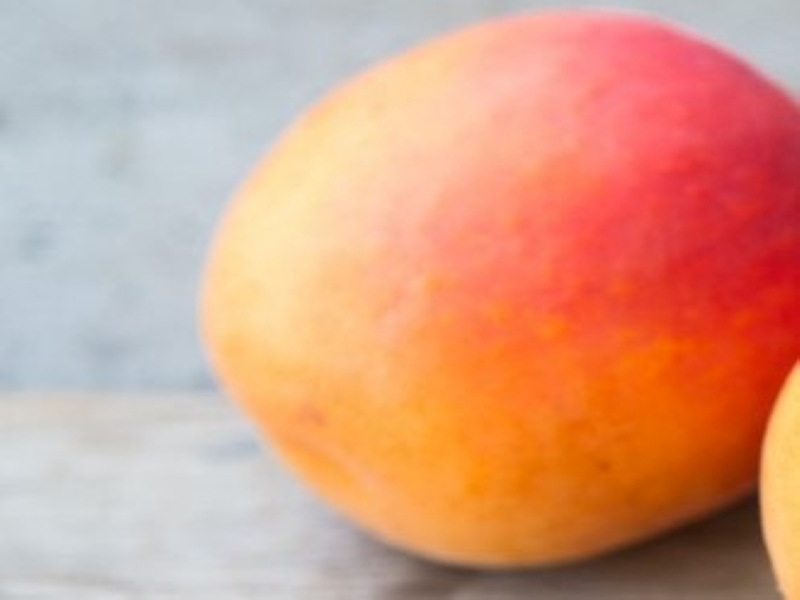
Goldbar Apricot
Goldbar apricot is a large fruit. It is a light yellow orange fruit with reddish blush. The shape of this large apricot is round to oval with slightly compressed sides. The skin is light-orange in color and has a subtle sheen to it. Up to 30% of the side that is exposed to the sun is covered with a reddish blush.
Taste
This large fruit has a firm flesh, meaty and moderately juicy. Ideal for eating fresh or creating jams.

Moorpark Apricot
The Moorpark apricot tree is self-fertile, but planting two types for a better crop is recommended. The tree is recognized for its tasty apricots, produces lovely round canopy, and white blooms. The fruits of this tree do not ripen at the same time, unlike other apricots. With an extended harvest season, you can enjoy tree-ripe fruit for several weeks.
Moorpark apricots are large fruits with a peach-like appearance and a diameter of 5 to 7 cm. They have beautiful, golden yellow skins with an orange blush or a splattering of crimson patches where the fruits were exposed to the sun when fully ripe. The thin, aromatic skins are silky and fragrant.
Taste
The large apricot has a deep orange flesh. The fruit is known for its juicy, sweet flavor, which can be eaten fresh, canned, or dried.
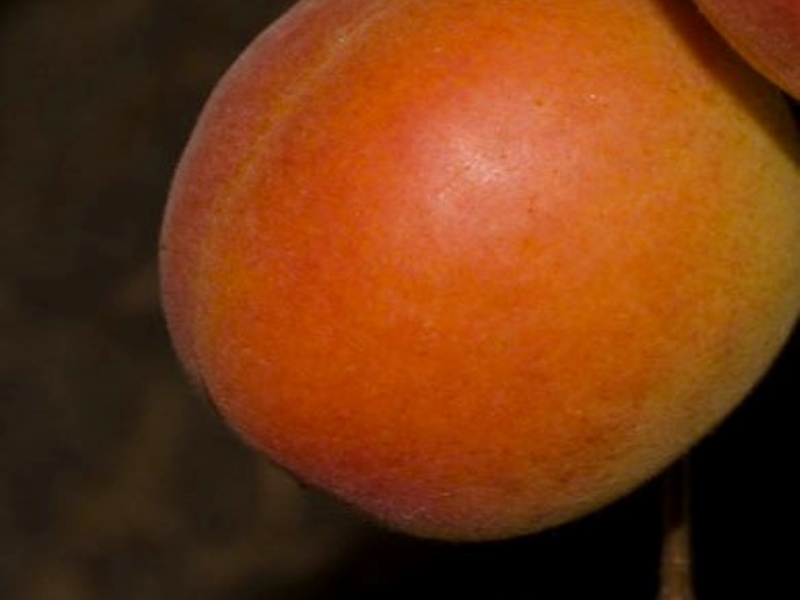
Katy Apricot
The Katy apricot tree is a fruit-bearing tree that provides superb fruit and is particularly suited to warmer climates. Early harvest. It has a large, egg-shaped firm fruit. Although the Katy Apricot is self-fertile, it also benefits from cross-pollination, as do most apricot varieties.
The apricot tree is an attractive tree that blooms with scent, white flowers in the spring and has brilliant, green leaves all summer.
Taste
Katy apricot has a good intense flavor when fully ripe. Due to its high sugar content, the fruit is ideal for a range of culinary purposes, including jams, sweets, and jellies, and is especially good for drying.
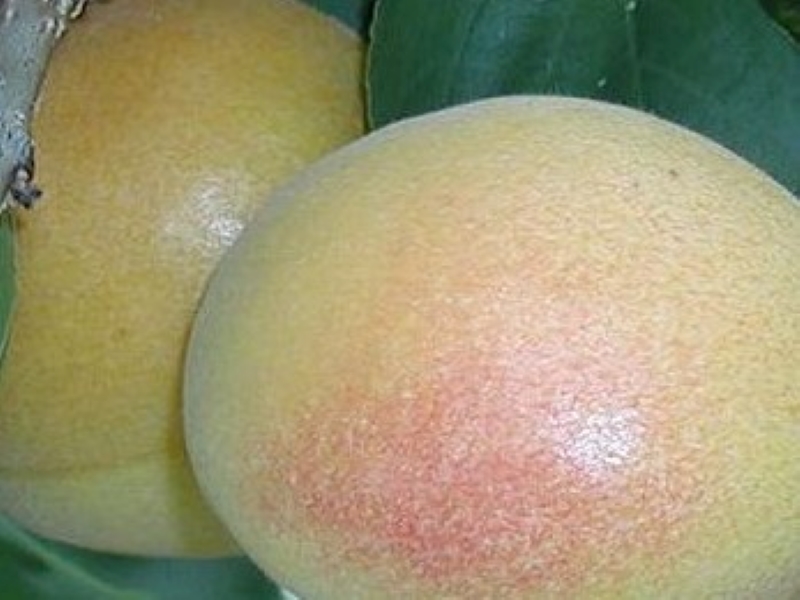
White Knockout Apricot
The tree has a white-fleshed fruit. The pale yellow, spherical fruit, also known as “blonde”, has a strong rose-pink blush and a distinct suture line. You’ll be able to produce a fruit with just one tree because the White knockout apricot is self-pollinating, but it is advised to add other apricot variety to produce more apricots.
Taste
The fruit has a sweet flavor. Allow these to serve as your early-season apricots to sweeten up the start of the season. White Knockout apricot is high in sub-acid and fruit sugar. It has a delectable sweetness to it. The fruits are ideal for making jams, and other desserts. Your kids will definitely love them.
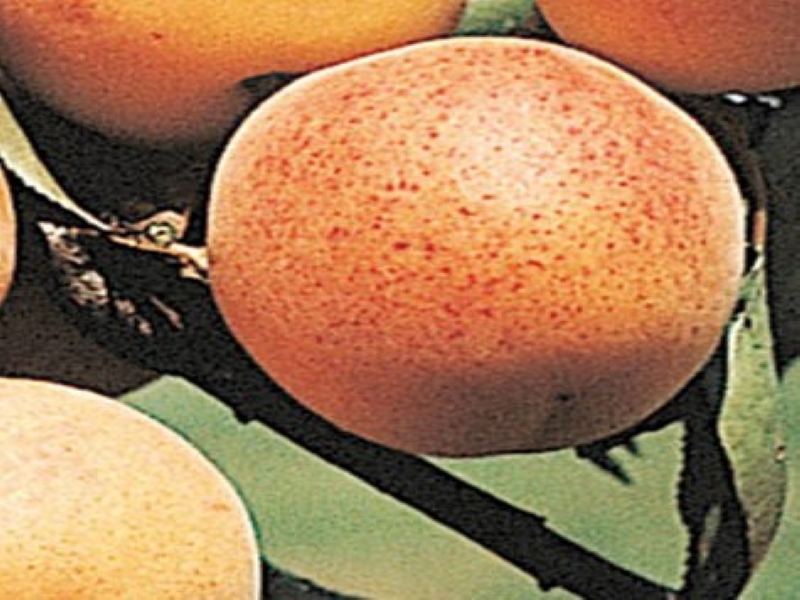
Manchurian Apricot
The Manchurian apricot tree is a deciduous, broad-leaved tree that grows up to 33 feet tall. The red inner bark contrasts with the black outer bark. The leaves are oval in shape, with an elongated tip, hairs, and serrated sides. The sepals and petals are oblong. Flowers are white or pale pink and bloom in the spring. The leaves turn a golden orange color in the autumn.
Fruits appear in late summer and are yellow with some red blush. They are small in size.
Taste
The fruit is mild-flavored. Used for processed, dried or fresh eating.

Trevatt Apricot
Trevatt Apricot produces large, spherical fruit with a good flavor. Trevatt Apricots are a popular type for home gardens since the fruit is so versatile. They are perfect for fresh fruit, drying, preserving, and preserves. It is self-pollinating to some extent, but pollination with other apricot varieties will is advantageous.
Taste
This type of apricot is a classic favorite. The pale orange apricot is very sweet that ripens from the inside. Even if the fruit is a bit green, it is still sweet and tasty.
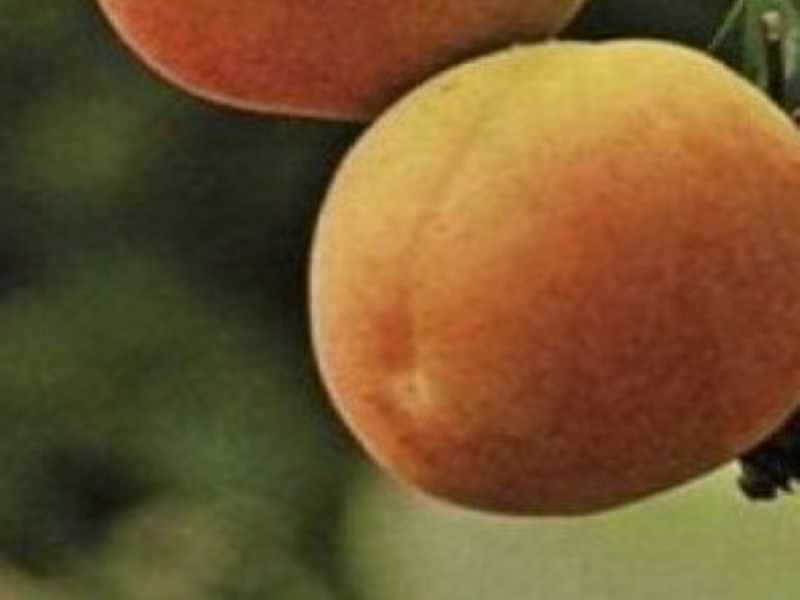
Royal Rosa Apricot
Royal Rosa apricot trees produced fruits that are bright yellow in color with orange blush. They are self-fruitful. This variety of apricot is more disease tolerant than other apricots.
The fruit is medium-sized and had a firm flesh with pleasant aroma.
Taste
Fruits produced from this variety of apricot are sweet, sub-acid and have an exceptional flavor.

Tilton Apricot
The Tilton Apricot Tree is one of the best apricot cultivars for canning in the world. The fruit is heart-shaped with a light golden color and a tinge of rose blush. With its somewhat flatter shape and a “suture” line that runs halfway around the fruit, it stands out among apricots. It is also known for being one of the most delicious apricots on the fresh market.
The tree has a symmetrical shape and dense crown of green foliage that can improve the curb appeal of your home or provide beauty and healthy snacks in the backyard. The tree provides a fragrant, pretty pink flowers that attract pollinators, such as hummingbirds and butterflies. It produces a large crop late in the summer and is resistant to late frosts, so it requires little maintenance.
Tilton apricot’s size ranges from large to very large fruit, and the skin is orange.
Taste
The fruits have a delicate, juicy flesh and a sweet/tart flavor. They are perfect in recipes, from fruit salads, baked goods and dessert breads. They are also ideal for drying, canning, and freezing.

Golden Sweet Apricot
This variety of apricot is self pollinating, just like the other varieties. This indicates that the tree’s flowers pollinate each other. You won’t have to worry about having to plant two or more to produce delicious fruits.
Golden Sweet matures later than most other varieties. It’s quickly garnering a reputation as a great way of ending the season. It increases the crops at a time when other variety of apricots are slowing down. Cultivate it with an earlier-ripening cultivar, such as Tomcot, to prolong the harvest period to over two months.
Taste
The fruit is sweet and juicy, as the name implies. This type of apricot can be used to make jellies and preserves, pies and tarts, and even fruit salads. The Golden Sweet’s flesh is rich and sweet, making it ideal for drying as well.

Puget Gold Apricot
Puget Gold Apricot Tree offers elongated fruits with vivid, orange flesh. This Apricot type is more resistant to late spring frosts, which can be devastating to other Apricot varieties. You will only need one tree because it’s self-pollinating. However, if you want to increase the production of crops, you may want to plant two or more trees. The Puget Gold tree is a fast-growing and fruit-producing young tree.
Taste
These apricots have a sweet flavor. They can be eaten raw. You can savor the fruit fresh from the tree or use them in desserts such as pies, apricot crumble, or ice cream. It is also perfect for making sauces and preserves that can go well with cakes. Furthermore, the apricots are ideal for canning, drying and freezing.


